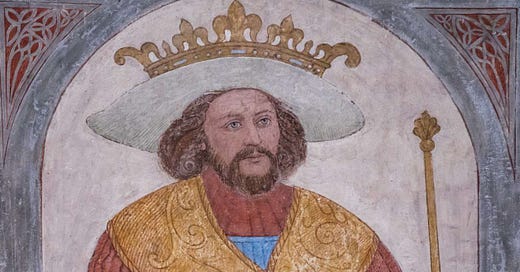A recent discovery in Hørning, Denmark, has captivated the archaeological world and reignited fascination with the Viking Age. Buried beneath centuries of soil, an elite Viking grave revealed a striking cache of personal treasures—rings, glass beads, a gold-threaded container, and a horse burial—that paint a vivid portrait of wealth, status, and ceremony. The site dates back to around AD 950 and likely belonged to a woman of considerable social standing, perhaps a member of a powerful ruling elite during a pivotal era of Christian conversion in Scandinavia. This find not only highlights the craftsmanship and customs of the Vikings but also stirs speculation about the individual’s identity and influence.
The burial goods suggest a fusion of pagan tradition and emergent Christian symbolism, underscoring the complexity of cultural transitions in Viking society. Yet while some experts see this grave as evidence of high political power, others caution against romanticising interpretations. This article delves into both the artefacts and the larger context surrounding them, offering a compelling look into a world where social identity, spiritual beliefs, and burial practices intersected in extraordinary ways.
#VikingHistory, #MedievalArchaeology, #BurialRituals, #VikingAge, #ScandinavianHistory, #HistoryMedieval, #VikingWomen, #ArchaeologyNews
Read More:
https://historymedieval.com/viking-burial-tells-tale-of-wealth-and-power/




